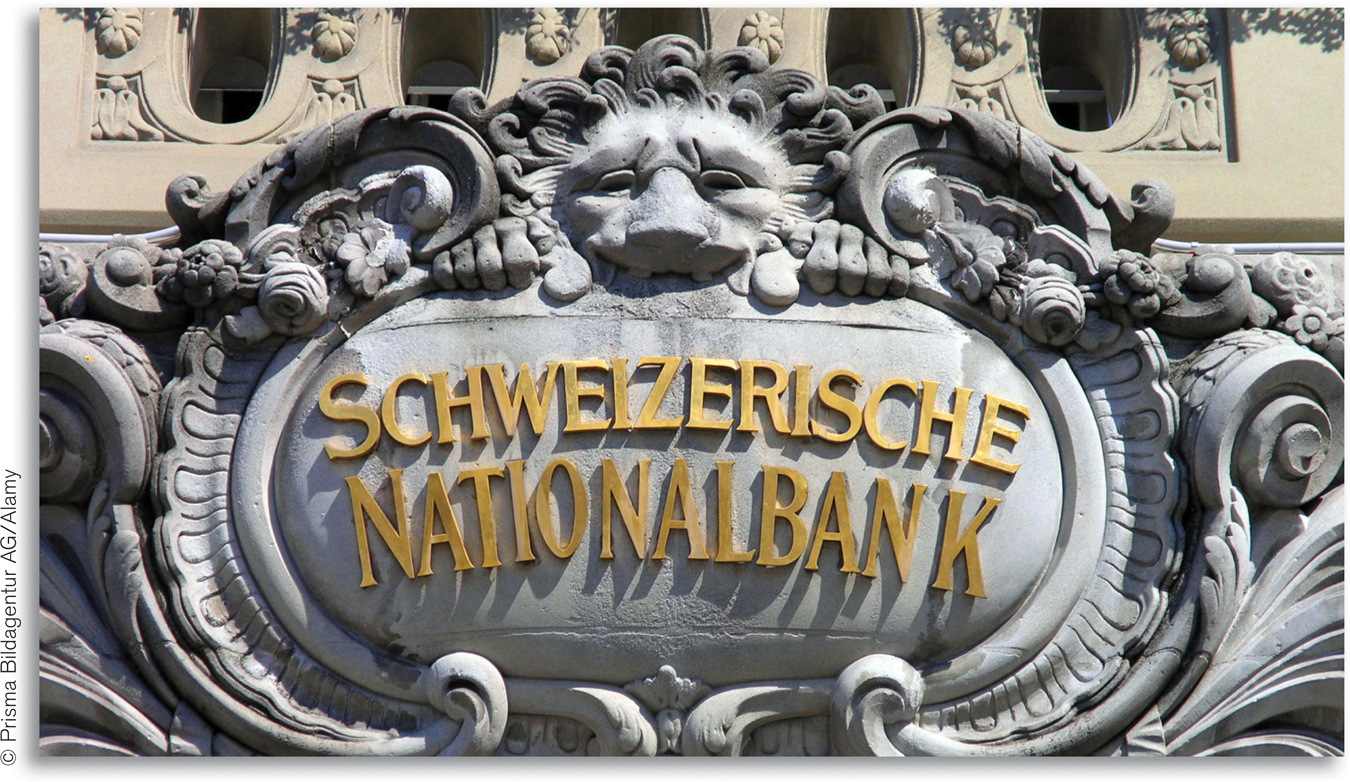25: Open-Economy Macroeconomics
!arrow! What You Will Learn in This Section
The meaning of the balance of payments accounts
The determinants of international capital flows
The role of the foreign exchange market and the exchange rate
The importance of real exchange rates and their role in the current account
Considerations that lead countries to choose different exchange rate regimes, such as fixed exchange rates and floating exchange rates
Why open-
economy considerations affect macroeconomic policy under floating exchange rates
!worldview! SWITZERLAND DOESN’T WANT YOUR MONEY

Parking your money in a Swiss bank is no way to get rich, given the low interest rates Swiss bankers offer. Recently, in fact, Swiss banks have paid negative interest on deposits, charging customers for the service of keeping their funds.
But for generations, Swiss bank accounts have been seen as a way to stay rich, a safe place to store your wealth. In the troubled years that followed the 2008 financial crisis, the Swiss reputation for safety became especially important. European investors, in particular, poured money into Switzerland.
And the Swiss hated it—
At the beginning of 2008, one Swiss franc traded for about 0.6 euro. By mid-
So what was to be done? Starting in early 2009, the Swiss National Bank, Switzerland’s equivalent of the Federal Reserve, began selling francs on the foreign exchange market in an attempt to hold down the franc’s value. In return for these francs, it received other currencies, mainly dollars and euros, which it added to its reserves. We’re talking about a lot of sales: over a period of 2½ years, the bank added $180 billion to its foreign exchange reserves, equal to a third of Switzerland’s GDP—
Yet even that wasn’t enough to stop the franc’s rise. In September 2011, as the franc seemed headed for a value of 1 euro or more, the Swiss National Bank announced that it would do whatever it took—
What the extraordinary efforts of the Swiss National Bank illustrated was the importance of a dimension of macroeconomics that we haven’t emphasized so far—
In this section we’ll learn about some of the key issues in open-